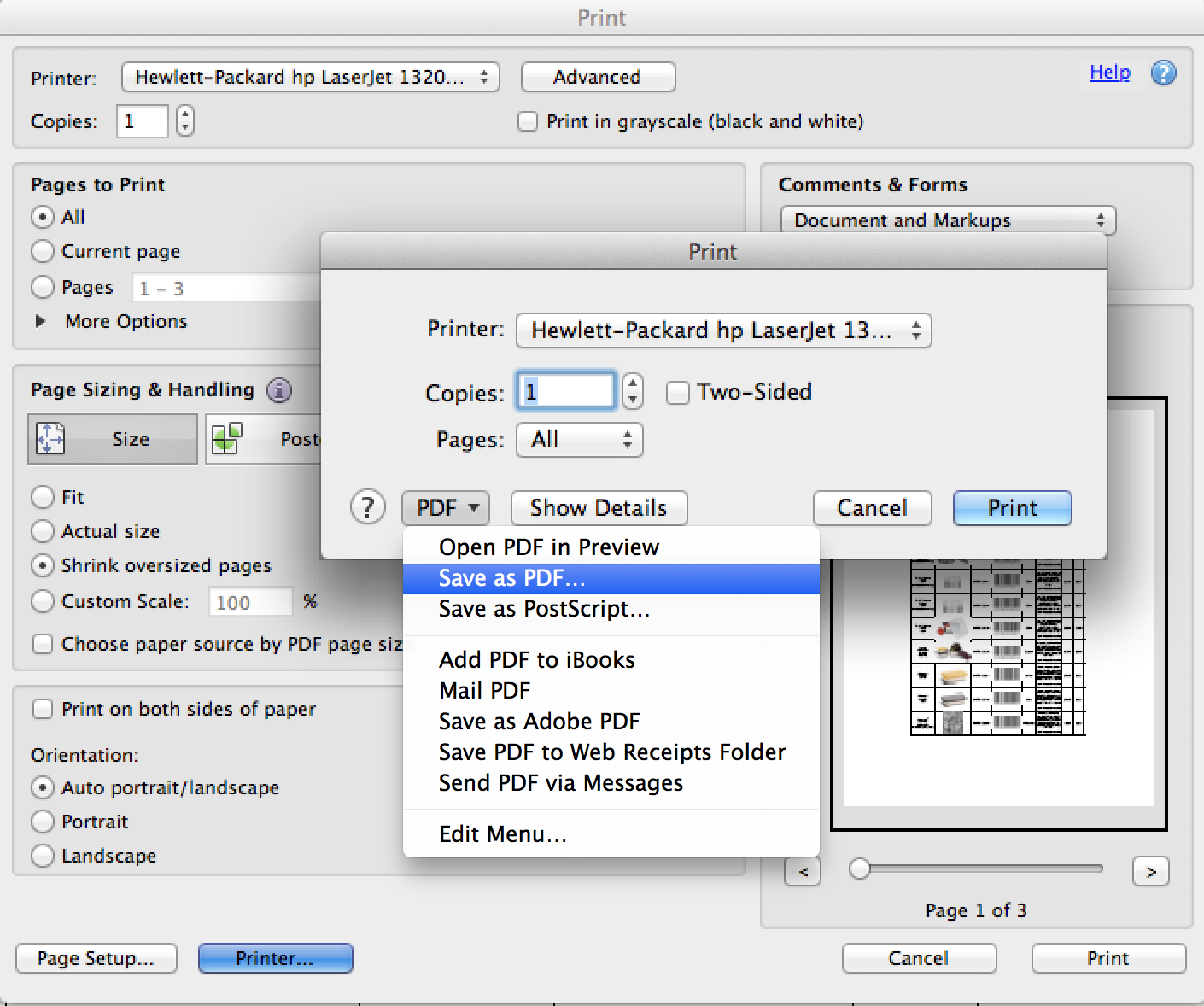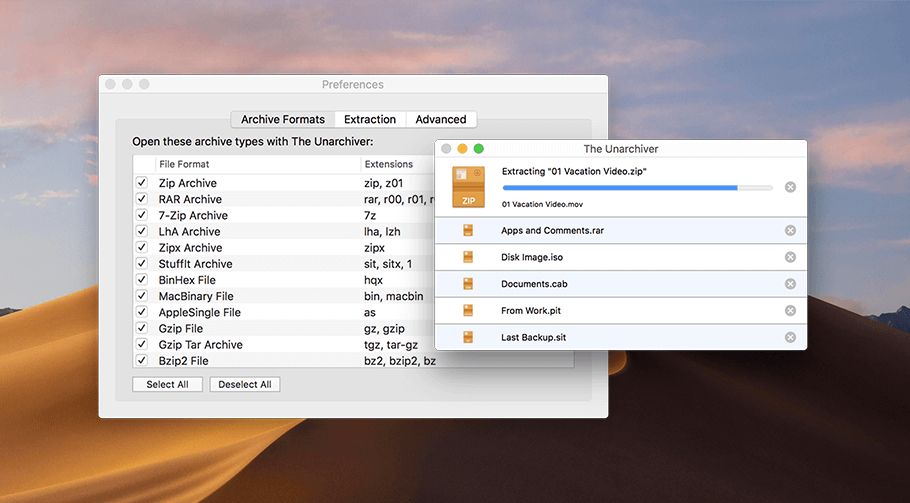

The unzipped folder would be a mess with wrong parameter.If this method looks too risky, then how about trying a robust software utility that can do the same thing, but without all the command line input? Cons: zip file and save the contents in a folder of the same name, and in the same location.Ī new folder of the same name will be created in your desktop or documents, and will contain all the extracted files from the original. Now use the following command to extract the. Terminal needs to be in the right directory for the next command to work. To do this, type in the following and then hit Enter: Open an instance of Terminal by going to Applications > Utilities > Terminal. zip file to a convenient location such as your desktop or documents folder. But if you'd like to give it a go, follow the steps shown below: Unfortunately, a lot of things can go wrong if you enter incorrect commands, hence the apprehension for novice users.

While most people are intimidated by command line work, it's actually not that hard once you get the hang of it. This text-based interface allows you to input both simple and complex commands for the OS to process.

This method utilizes Apple's Terminal application, which is the non-GUI interface for Mac OS X and macOS systems. In this article, we show you three different ways to unzip a file on a Mac computer. zip format, which means zip file can't be opened on Mac by default.Īctually, you will need a special archiving tool to extract the content of zip files. zip file on a Mac? Since Mac doesn't natively support the. You can put a lot of files in a single zip archive and the file size is dramatically smaller than origin. NOTE: The main function of this app will be included in digitalScore iOS app in its PRO version.How to unzip a file on a Mac? ZIP is one of the most commonly used formats for file compressing. This way all parts will have the bar numbers for each staff. Just set the first bar number of a staff from one part, and then automatically copy to the other parts. Once you have a part with all the extracted staves, you can move, resize and duplicate these staves to create the design that you need. Adjusting each staff is easy and, if the general score has a similar schema, then it’s a piece of cake as you can copy and paste the layout to any other pages and rapidly extract that part. Start by creating the parts you need and then simply tap on each staff to add it to a part. Open you general scores in PDF format and, after adjusting each part, extract them to single PDF files. Sometimes we find that, in some sheet music, there's only a general score with all the parts but we would like to see the parts separated into individual scores. Now there is no longer reason to keep your analog scissors to cut the general scores to get the parts.


 0 kommentar(er)
0 kommentar(er)
